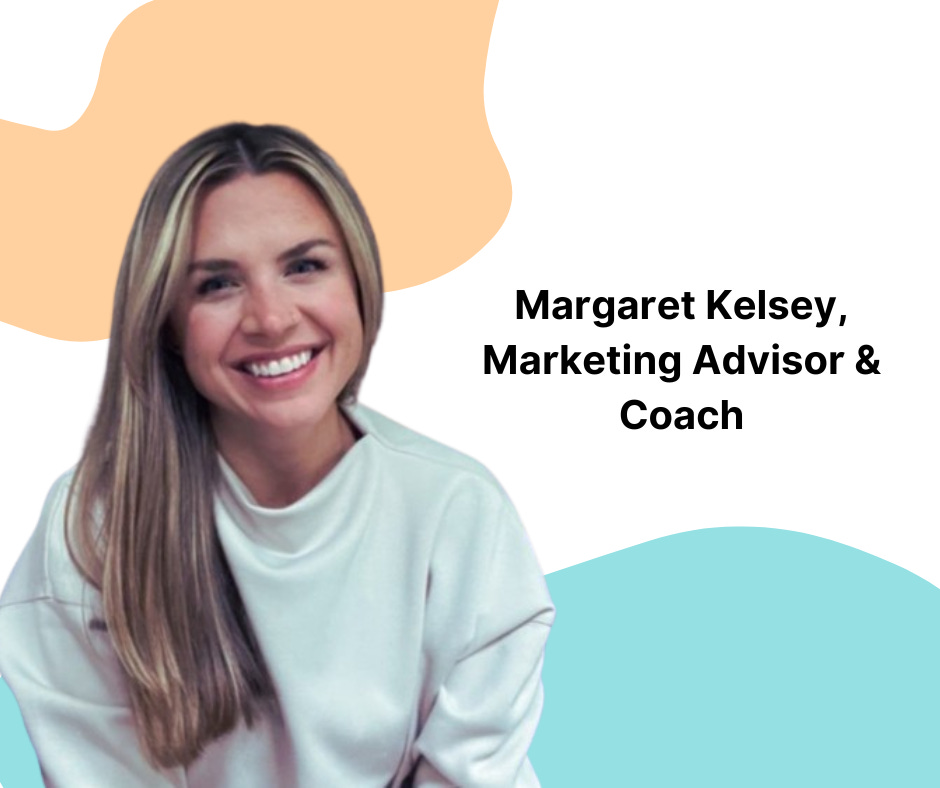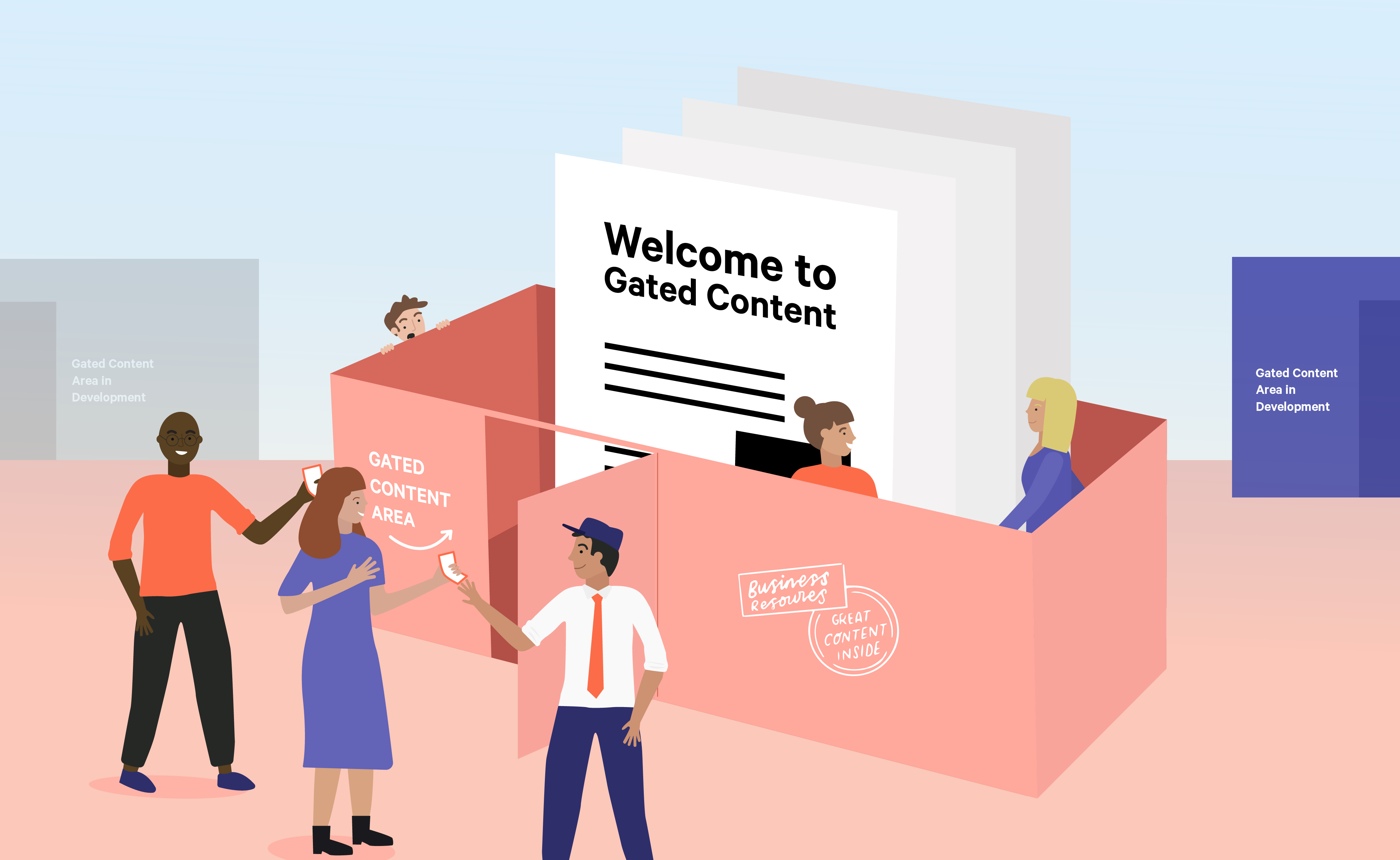by LIZ CHRISTO for Dear Stage 2
DEAR STAGE 2: Are we gating content this year? ~Asking for a friend
DEAR ASKING FOR A FRIEND: To gate or not to gate, that is the question.
I called on a friend, Margaret Kelsey, to help tackle this question.

You might know her from her work at Invision, Appcues, and OpenView or as the co-host of new marketing podcast, Don’t Say Content. Who better to weigh in on this pressing content question?
Unfortunately, we can’t give you a one-size-fits-all reply here. BUT, it’s worth noting that 62% of B2B marketers are employing gated content as one pillar in their broader marketing strategy, and over the last few years, the trend continues to move towards more freely-accessible content to build trust and establish thought leadership. With that in mind, we want to help you think about when to employ this tactic.
Margaret shared a few questions she leverages as part of her decision making framework:
- Who is your audience?
- Where does this content fit in your buyer’s journey?
- Can you work smarter?
- What is your goal with this content?
As you review these questions in your unique circumstance, a few key points to consider:
Who is your audience? The reality is that different people expect different user experiences — the industry you operate in, their role and responsibilities, level within an organization, use case, and so many other things impact how your user engages with your content. Get to know your buyer and what drives them. Think about how many times your audience is asked to share their email addresses to access gated content and whether doing so would be a big or a small deal.
Margaret also encourages you to consider how technical your audience is. She notes:
“If your buyer is on either end of the spectrum (non-technical or super technical), avoid gating. If instead, they fall somewhere in the middle of the spectrum, you have more leeway to gate. Developers, for instance, are highly technical and are more allergic to gating. Marketers (middle of the spectrum) tend to be less opposed.”
Where does this content fit in your buyer’s journey? Understanding your buyer’s journey and where this content fits along the journey is critical to making this decision. Margaret observes:
“If it’s considered to be a branding play and the goal is for this content to be shared far and wide, gating it doesn’t make as much sense. You want to lean into the virality of people sharing it.”
Early in the buying process, you are more likely to be educating your buyer and don’t want to create any barriers. However, as your buyer gets closer to a decision, or even to interacting with your product, you may leverage gating as a way to accelerate decision making and further qualify your buyer.
Can you work smarter? We often default to the path of least resistance and decide to gate content to generate “leads,” but our marketing tech stacks have evolved to a point where we have other options! With tooling, you can often see who has viewed your content without gating it. Margaret shares a simple example you can use to get started:
“Use ZoomInfo to grab a list of your prioritized ABM accounts and add them into HubSpot. You’ll then be able to track and see whether anyone with an associated contact has viewed your site — and what content led them there in the first place!”
Margaret also cautions against a common mistake:
“Don’t gate content if you’re sending it out via email. People shouldn’t have to give their email address if you already have it. And you can easily see if they view it.”
Go take a look at your current email programs and make sure you are making it easy for known users to engage.
What is your goal with this content? You have to keep the end game in mind and be strategic with your asks. If you’ve captured the attention of your buyer, what do you really want from them? This comes back to the buyer’s journey, but you might find that un-gated content with a more action-oriented CTA could be higher value. Margaret adds,
“If the ideal outcome is for someone to either try your product or contact your sales team, it makes more sense for your CTA to be that…you can always get their email address after the fact.”
Thanks to Margaret for sharing her take. Good luck with your content launch!
